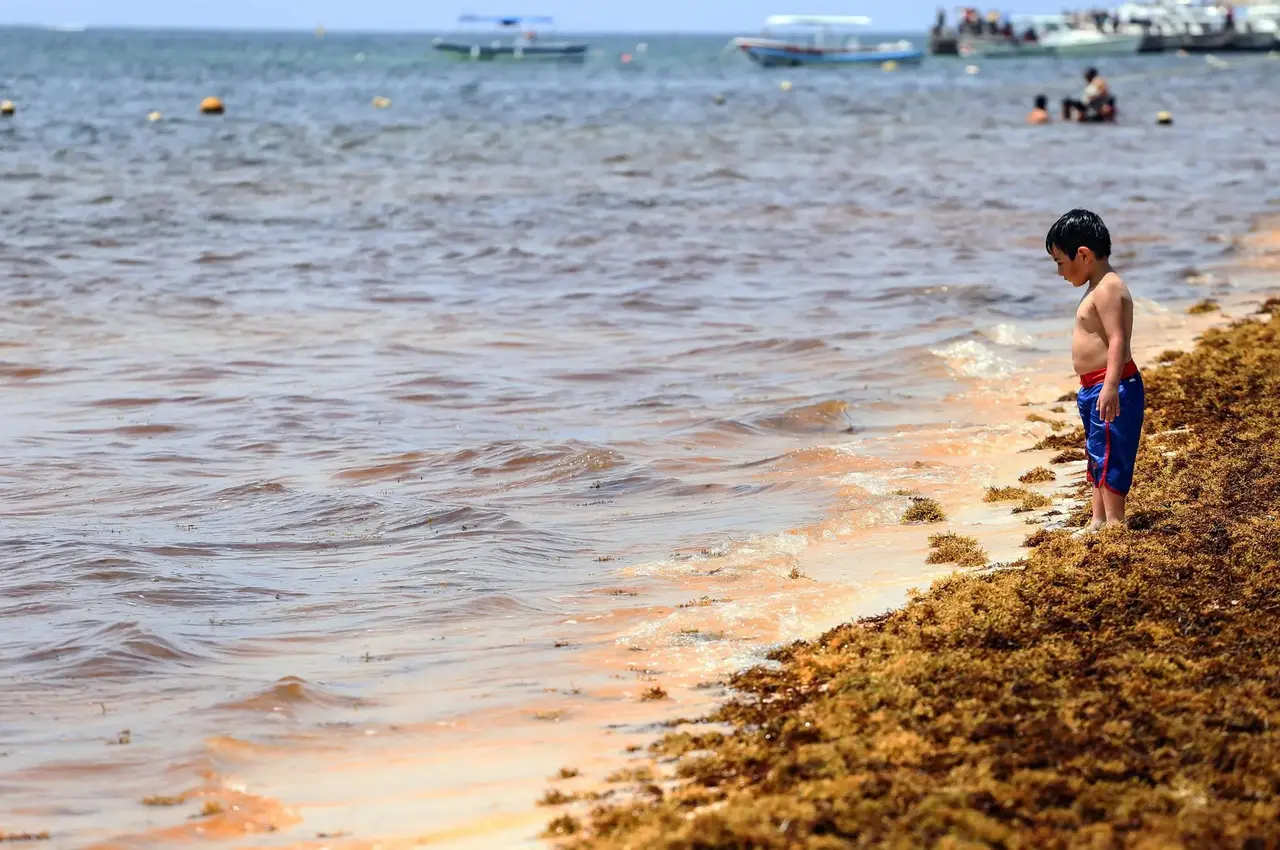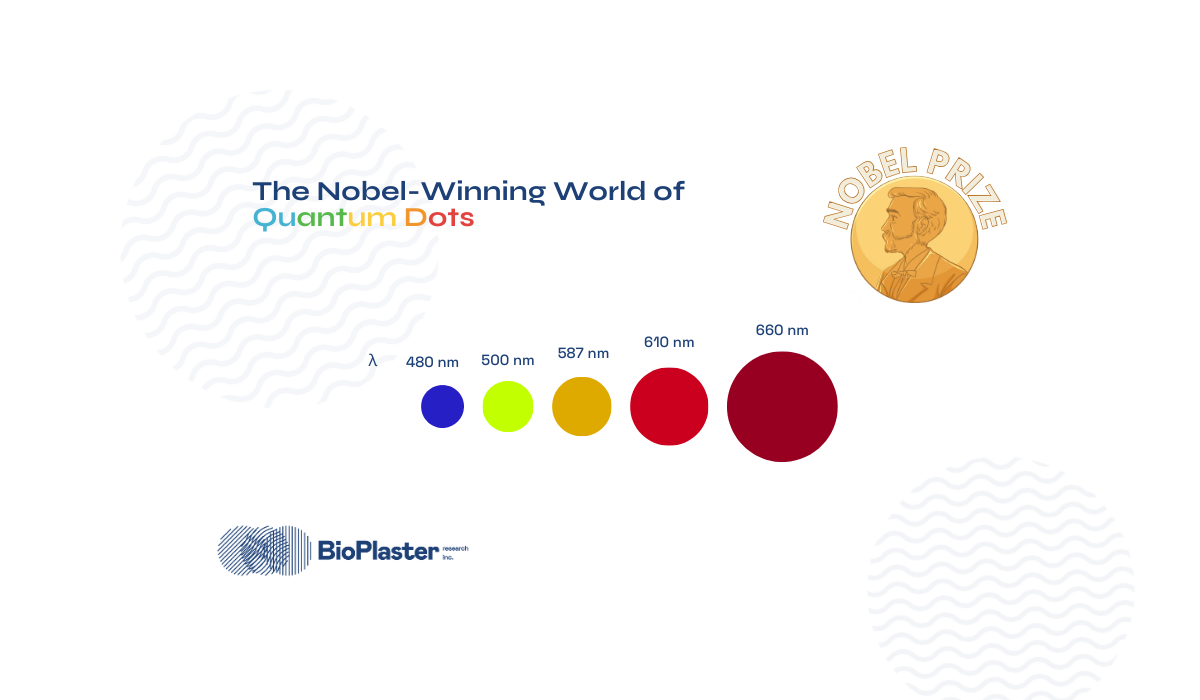For more than 10 years, the coasts of the Caribbean Sea have been affected by the large amount of sargassum that comes from the sea, occupying a central place in the lives of thousands of people.
Pero What is Sargassum? , where do these algae come from? , why do these quantities arrive at the beach? , what can be done with them? and many other questions take on special relevance, especially when we talk about the social and environmental impacts of Climate Change.
The consequences, both economic and ecological, caused by sargassum, in a region as important as the Caribbean Sea, must be treated based on scientific evidence, as well as with the support from authorities and affected communities, which includes the tourism sector and coastal communities.
In BioPlaster Research we work for developing a productive ecosystem driven by scientific innovation with the objective of a intelligent, responsible and sustainable use of this shared natural resource that adds to the effective and effective management of these macroalgae.
What is Sargasso?
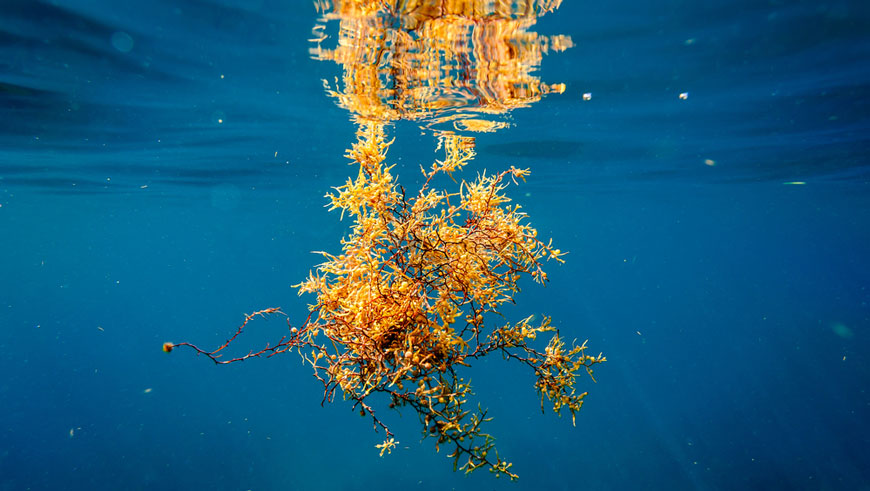
Sargassum is a brown macroalgae of the genus Sargassum, of which more than 350 species have been identified around the world (Guiry & Guiry, 2019).
The two species found in the Caribbean Sea are Sargassum natans and Sargassum fluitans, which were scientifically described a little less than 200 years ago in the Tropical Atlantic Ocean (Agardh, 1821; Gaillon, 1828; Børgesen, 1914).
These two algae are unique within the genus Sargassum, since they are capable of completing their entire life cycle floating on the surface of the sea, also called holopelagic (from “holow” 'everything', and “piélagos” 'sea') (Smetacek & Zingone, 2013), so they have never been fixed to the bottom (they have no attachment organ like another type of algae, such as kelp).
Where does Sargassum come from?
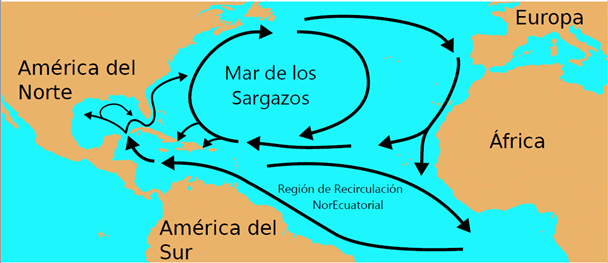
Naturally, these algae are distributed in the central region of the Atlantic Ocean, between The Bahamas and the Azores Islands (Deacon, 1942; Franks, et al., 2016), forming an area called the Sargasso Sea.
Due to the extension of the area where these algae are found, they are important breeding, shelter, habitat, food and transport areas for a wide variety of fish, mollusks and crustaceans (Farrel et al., 2014; Huffard et al., 2014), providing the ocean ecosystem with environments suitable for connectivity between ecosystems and between species.
In an unprecedented way, since 2010, there have been huge drops of these algae, and it is believed that the current conditions in the region cause these algae to multiply rapidly. The region is affected by the large amount of nutrients coming from sources both far and close to the Caribbean Sea. From the tributaries of the Amazon River and the Niger River, the mining industry in Central America and the large amount of wastewater from coastal developments on the coasts.
Arribazones Masivas de Sargasso
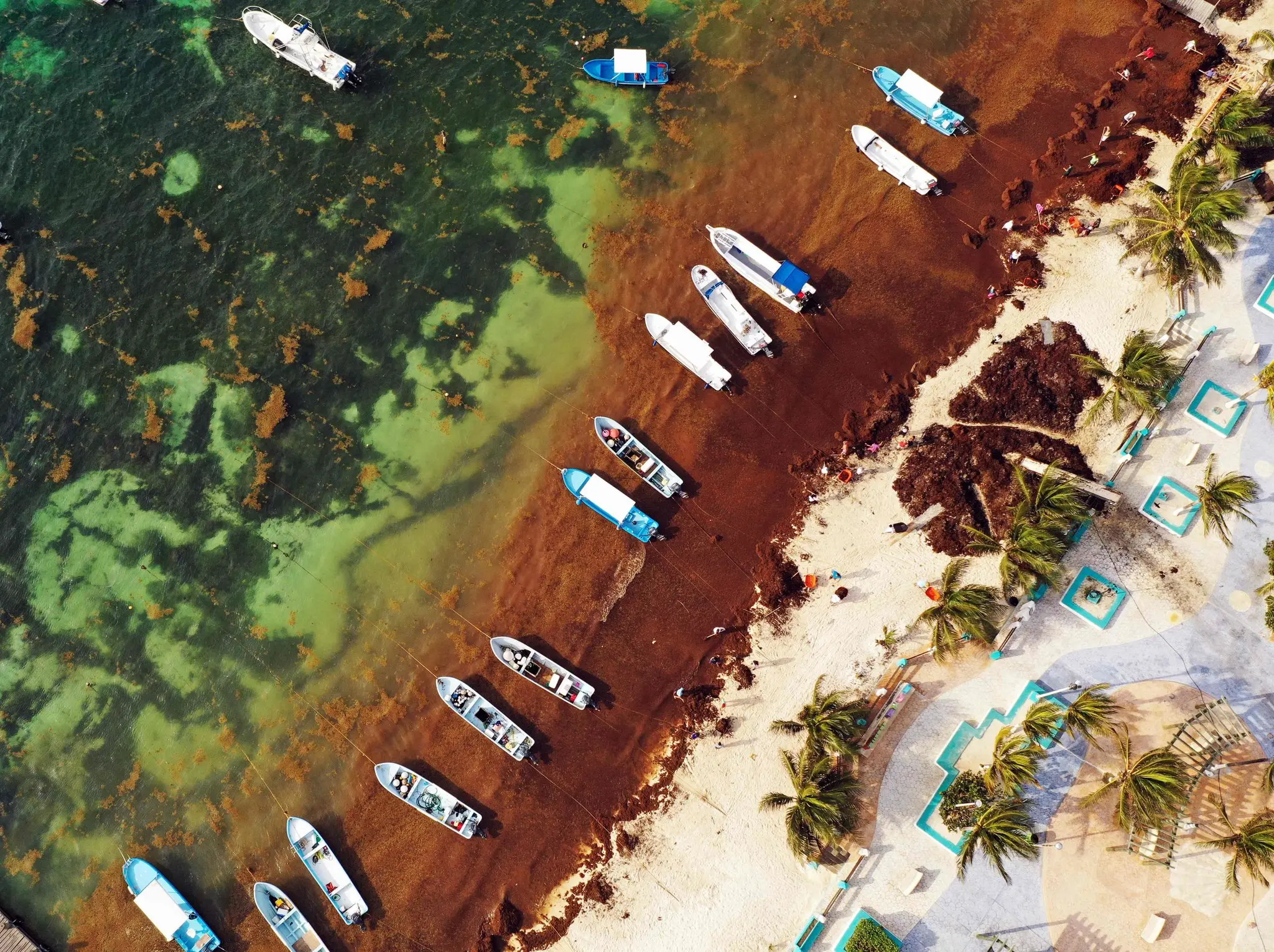
The arrival of sargassum on the coasts of the Caribbean Sea and the Northern Gulf of Mexico in small quantities occurs naturally from an ecological point of view. The degradation of sargassum on beaches contributes to the biogeochemical cycle, providing nutrients to coastal waters (Olabarria & Vázquez, 2018). In 2011, the first events of mass arrival of sargassum were recorded on the beaches of the Caribbean Sea, beginning in the Lesser Antilles (Northern Venezuela), which brought major local effects, mainly to the tourism, fishing and environmental sectors.
Between April and August 2011, in northern Brazil, the first massive aggregations of sargassum appeared, with highs in July, returning to low levels in October.
For the years 2017 and 2018, the growth of sargassum was estimated at 15 million and 32 million tons, respectively. This concentration has been called The Great Atlantic Sargassum Belt (Wang et al., 2019), which reached maximum extensions close to 9,000 km, from the African coasts in Sierra Leone to the Gulf of Mexico.
Although the Sargasso Sea maintains populations in the Atlantic Ocean, the probable source of sargassum associated with massive falls during 2011 is located in northeastern Brazil, transporting algae to the Caribbean Sea via the North Brazilian current, the Guyana Current and the Antilles Current (Frank et al., 2012)
Ecological Importance
The Sargasso Sea Alliance seeks the conservation and protection of this unique ecosystem, considering it as 'a golden tropical forest that floats on the surface of the Atlantic Ocean, an oasis of marine life and the only sea without coastline, which contains endemic species such as Sargassum and many others that have adapted especially to life in the middle of this floating canope' (Laffoley, 2011).
At least ten unique species are known in these patches: the sargassum crab (Portunus sayi), sargassum shrimp (Latreutes fucorum), needlefish (Syngnatus pelagicus), sargassum anemone (Anemonia sargassensis), sargassum slug (Scyllea pelagica), sargassum snail (Litiopa melanostoma), crustaceans, worms andThe most iconic species in this habitat is the Sargassum fish (Histrio histrio) (Coston-Clemens et al., 1991; NOAA, 2002).
In the Sargasso Sea region, nearly 150 species of invertebrates have been identified that live and need these patches to maintain their populations and that of other fish that visit them in search of shelter or food (Fine, 1970; Trott et al., 2011).
As it is an environment with a wide variety of species, such important international organizations as the Sargasso Sea Commission and the International Commission for the Conservation of Atlantic Tuna (CICTA or ICCAT in English) consider These environments are of vital importance for large species such as tuna, swordfish, marlin, sailfish and various shark species(ICCAT, 2005; ICCAT, 2011).
Our Blog
At Bio+ we share relevant articles, research and news about innovation in bioplastics, sustainability and the environmental impact of materials. Find out how we're working for a more regenerative future.

